Range Rover Evoque: Engine Ignition - GTDi 2.0L Petrol
Engine Ignition
Principles of Operation
For a detailed description of the ignition system, refer to the relevant Description and Operation section in the workshop manual. REFER to: (303-07D)
Inspection and Verification
CAUTION: Diagnosis by substitution from a donor vehicle is NOT acceptable. Substitution of control modules does not guarantee confirmation of a fault, and may also cause additional faults in the vehicle being tested and/or the donor vehicle.
1. Verify the customer concern.
2. Visually inspect for obvious signs of mechanical or electrical damage.
Visual Inspection

3. If an obvious cause for an observed or reported concern is found, correct the cause (if possible) before proceeding to the next step
4. If the cause is not visually evident, verify the symptom and refer to the Symptom Chart, alternatively, check for Diagnostic Trouble Codes (DTCs) and refer to the DTC Index.
Symptom Chart
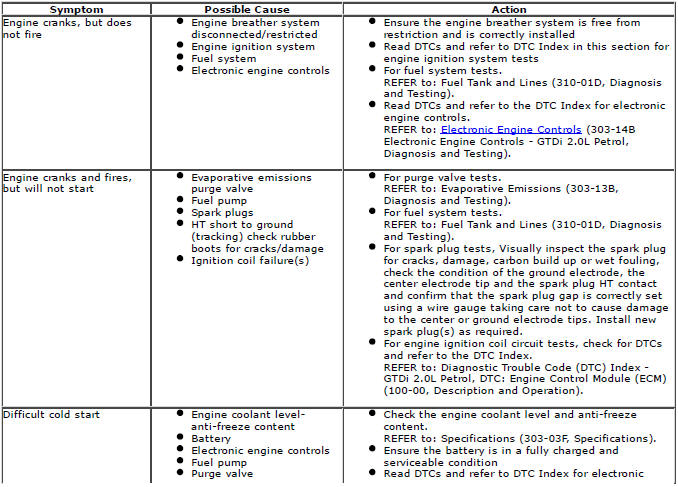
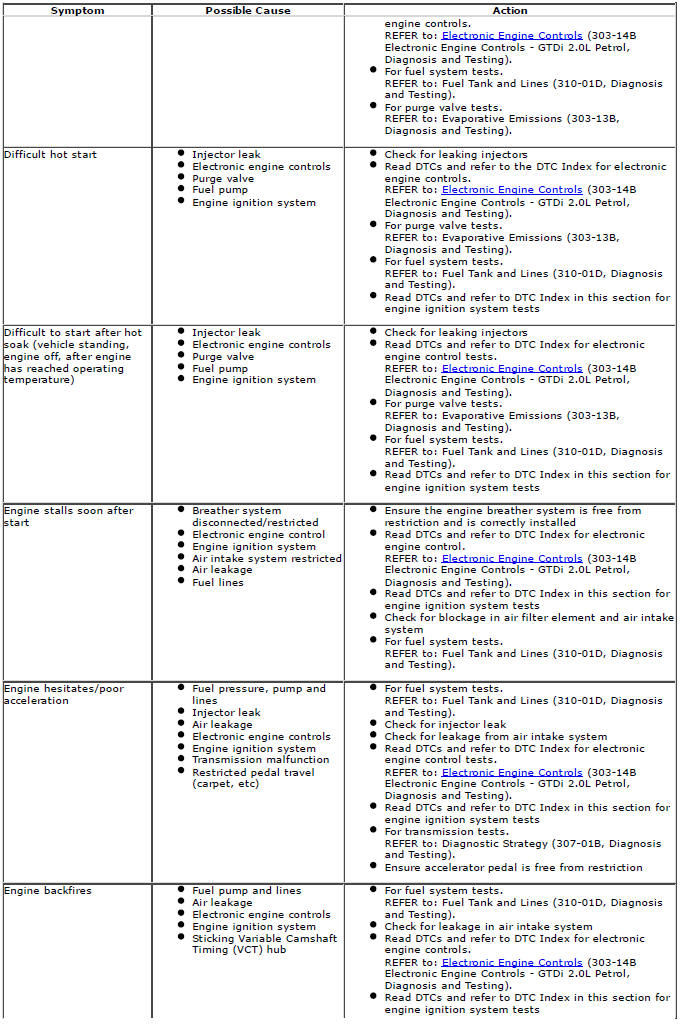
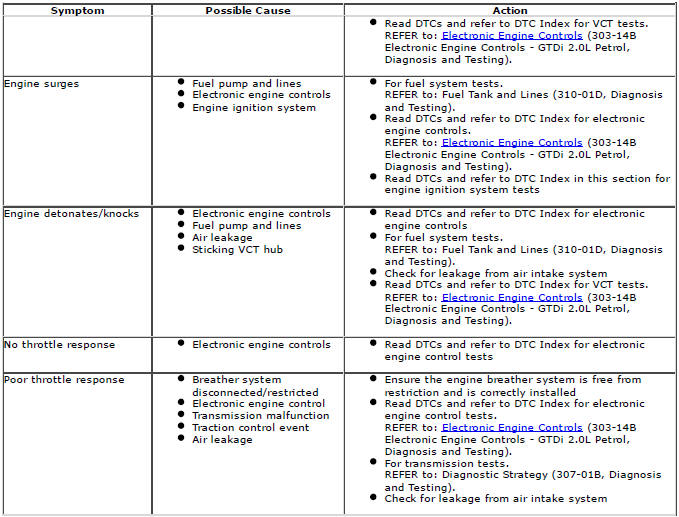
Engine Ignition - GTDi 2.0L Petrol


Ignition Coil-On-Plug
Removal
NOTES:
Removal steps in this procedure may contain installation details.
Some variation in the illustrations may occur, but the essential information is always correct.
1. Refer to: Engine Cover - GTDi 2.0L Petrol (501-05 Interior Trim and Ornamentation, Removal and Installation).
2.
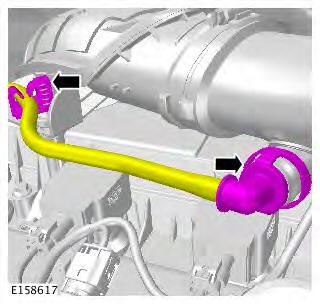
3.
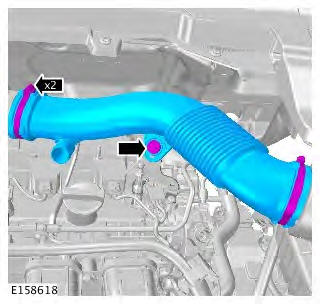
4. Torque: 8 Nm
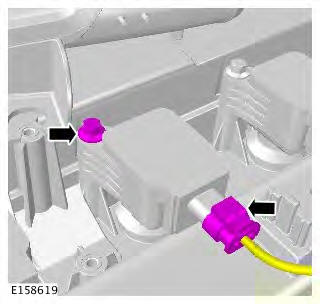
5. CAUTION: Carefully remove the ignition coil-onplug(s).
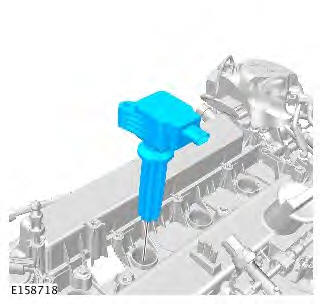
Installation
1. To install, reverse the removal procedure.
Spark Plugs
Removal
NOTES:
Removal steps in this procedure may contain installation details.
Some variation in the illustrations may occur, but the essential information is always correct.
1. Remove the engine cover.
Refer to: Engine Cover - GTDi 2.0L Petrol (501-05 Interior Trim and Ornamentation, Removal and Installation).
2.
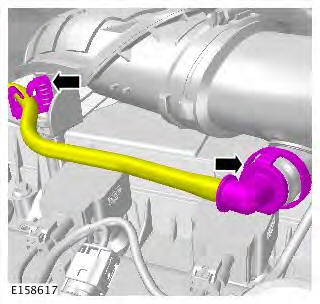
3. Torque: 10 Nm
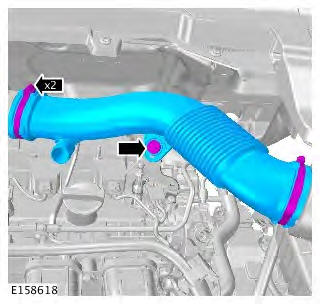
4. Torque: 8 Nm
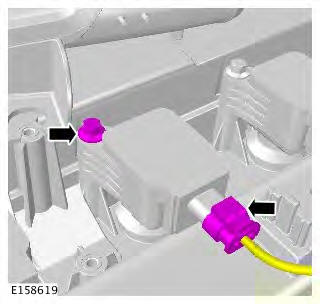
5. CAUTION: Carefully remove the ignition coil-onplug( s).
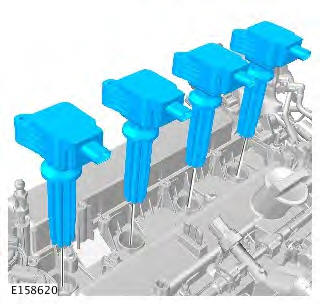
6. NOTE: Repeat this step for the remaining spark plugs. Torque: 12 Nm
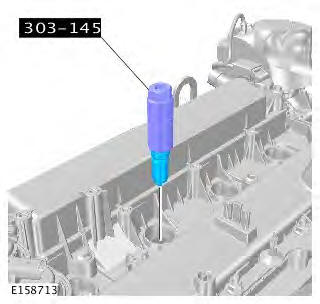
Installation
1. To install, reverse the removal procedure.

